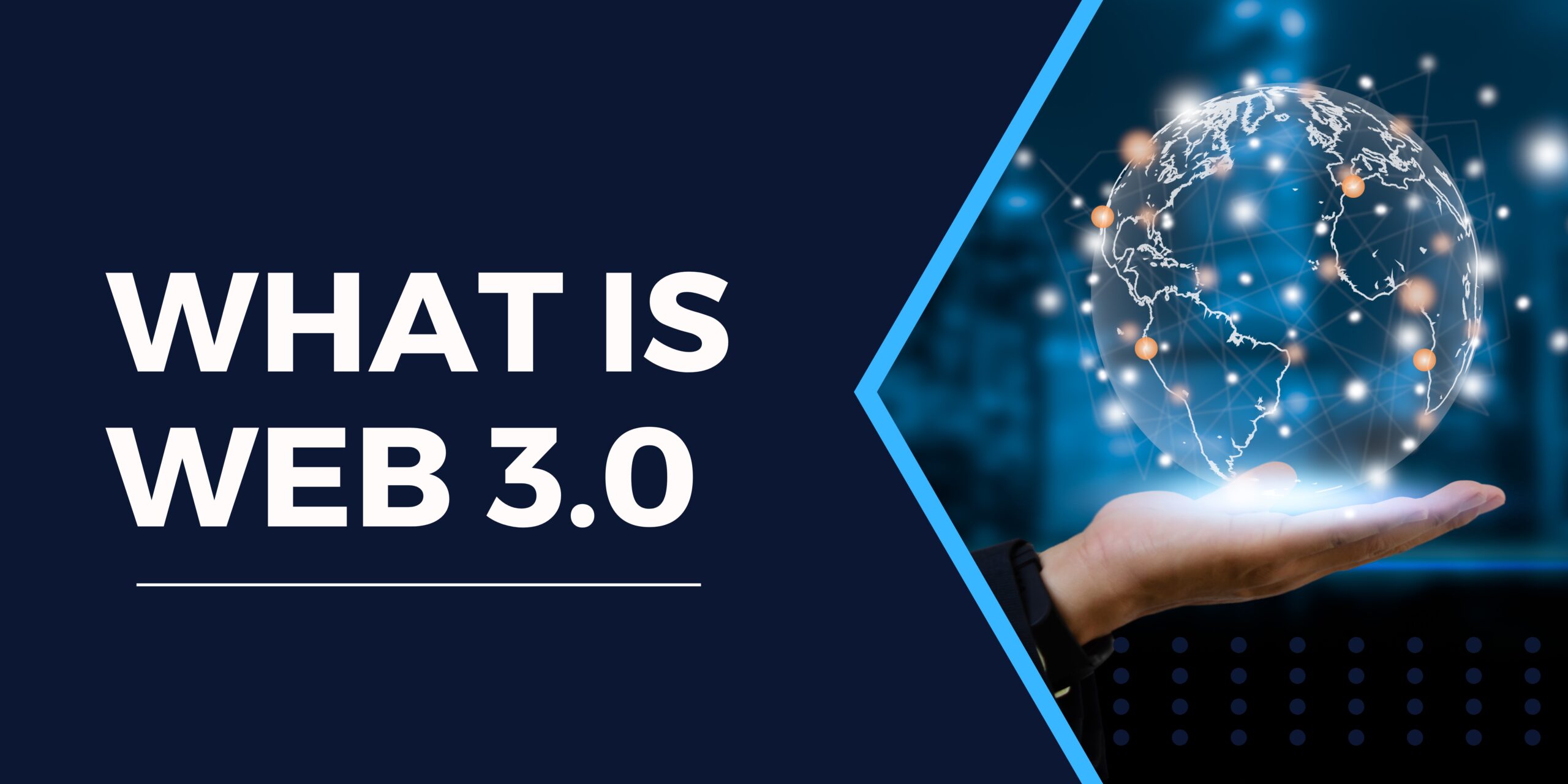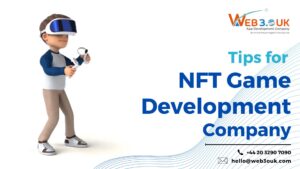In today’s digital era, the Internet has become an essential component of our lives. We rely on it for communication, information, entertainment, and much more. Over the years, the internet has evolved significantly, and one of the latest advancements is the concept of Web 3.0.
In this article, we will explore what Web 3.0 is all about and discuss its advantages and disadvantages.
Understanding Web 3.0
Web 3.0, also known as the Semantic Web, is the next generation of the internet that aims to provide a more intelligent and interactive online experience. Unlike its predecessor, Web 2.0, which focused on user-generated content and social media, Web 3.0 takes it a step further by utilizing artificial intelligence, machine learning, and decentralized technologies.
Advantages of Web 3.0
1. Enhanced User Experience
One of the significant advantages of Web 3.0 is the improved user experience it offers. With the integration of AI and machine learning algorithms, websites and applications can provide personalized content and recommendations based on user preferences and behavior. This level of customization leads to a more engaging and satisfying online experience for users.
2. Smarter Search Results
Web 3.0 introduces a more intelligent approach to search engines. Traditional search engines relied heavily on keywords, but with Web 3.0, search engines can understand the context and meaning behind the queries. This semantic understanding enables search engines to deliver more accurate and relevant search results, making it easier for users to find the information they are looking for.
3. Decentralization and Blockchain Technology
Web 3.0 embraces decentralization and Blockchain Technology, offering increased security, privacy, and transparency. By utilizing blockchain, Web 3.0 applications can verify and validate transactions without the need for intermediaries. This eliminates the risk of centralized control and provides a more secure environment for users to interact and conduct online transactions.
4. Integration of the Internet of Things (IoT)
Another advantage of Web 3.0 is its seamless integration with the Internet of Things (IoT). The IoT refers to the network of interconnected devices and objects that can communicate and share data with each other. Web 3.0 leverages IoT capabilities to create a more interconnected and intelligent web, where devices can interact and collaborate, leading to innovative applications in various industries.
Disadvantages of Web 3.0
1. Privacy Concerns
While Web 3.0 offers enhanced security features, there are concerns regarding privacy. As more data is collected and analyzed to provide personalized experiences, individuals may worry about the potential misuse or mishandling of their personal information. Striking a balance between personalization and privacy protection is a challenge that needs to be addressed in the development of Web 3.0 technologies.
2. Technological Complexity
The implementation of Web 3.0 requires advanced technologies such as AI, machine learning, and blockchain. This complexity can pose challenges for businesses and developers, as they need to acquire the necessary expertise and resources to adopt and integrate these technologies effectively. Additionally, the rapid pace of technological advancements may make it difficult for some organizations to keep up with the changes.
3. Internet Access and Infrastructure
Web 3.0 relies on a robust internet infrastructure to deliver its full potential. However, in many parts of the world, internet access is limited or unreliable. Without widespread access to high-speed internet, the benefits of Web 3.0 may not be fully realized, creating a digital divide between those with and without access to advanced technologies.
4. Adoption and Standardization
As with any new technology, the widespread adoption of Web 3.0 may take time. Standardization of protocols and frameworks is crucial for seamless integration and interoperability between different platforms and applications. The development of industry standards and consensus among stakeholders is essential to ensure the successful implementation of Web 3.0 across various sectors.
Conclusion
Web 3.0 represents a significant leap forward in the evolution of the internet, promising a more intelligent, personalized, and decentralized online experience. With its advantages such as enhanced user experience, smarter search results, and integration with IoT, Web 3.0 opens up new possibilities and opportunities. However, it also comes with challenges, including privacy concerns, technological complexity, and the need for widespread adoption and standardization. As the internet continues to evolve, Web 3.0 holds the potential to shape the future of how we interact and engage with the digital world.
“Unlock the power of Web 3.0 UK with our expert development services today!”









